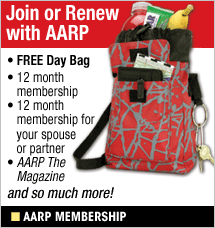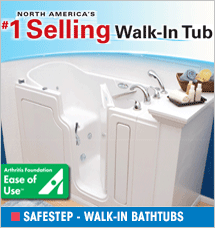The Midnight Gardener
Non-Organic Weed Controls: Use Them Safely

In the vegetable garden, weeds compete with the vegetable plants for space, light, nutrients and water. To the gardener, a weed is any plant growing where it is not wanted.
There are as many ways to eradicate weeds in the vegetable garden as there are gardeners. There are organic ways, physical ways and chemical ways. The easiest way is organic and physical – simply pull or dig up the weed. Another physical way to keep weeds down is to cover the garden soil with black plastic, landscape fabric, or even newspapers. Lay the barrier over the soil, cut holes to plant the vegetables, then cover it with a few inches of mulch.
Controlling weeds with chemicals can be considered a last resort, but it doesn't have to be. Judicious use of chemical herbicides (plant killers) can be very useful to the home gardener, even in the vegetable garden around edible plants.
Contact herbicides kill any part of the plant they touch, usually above the soil line. Contact herbicides break down soft tissue and can shrivel a weed in a few hours, especially on a sunny day. For some plants, that is enough to kill them, roots and all.
However, many weeds that spread by underground stems, roots or tubers like ground ivy can easily re-sprout. For those weeds, a systemic herbicide is useful. It will be absorbed and transported throughout the plant, killing it from the inside over the course of a few days.
Plants, including weeds, fall into one of two categories, monocots and dicots. When monocots emerge from their seeds, they send up one leaf, like grass does. When dicots emerge, they send up two leaves, like dandelions do. Knowing the difference between monocots and dicots helps in understanding the differences between herbicides.
Three popular products on the market today are Preen, Round-Up and Weed-B-Gon. The trade name (like Round-Up) is the name each manufacturer gives a chemical or combination of chemicals that make up a product. The chemical name (like glyphosate) will be on the list of active ingredients on the label.
The non-organic Preen product (trifluralin) is a pre-emergent herbicide, meaning it prevents the plant from growing once the seed has sprouted. Pre-emergent herbicides will not kill existing weeds. It is non-selective – it will kill any seed that sprouts, weed or vegetable, monocot or dicot. Trifluralin has been EPA approved for use around vegetables including broccoli, onions, leafy greens, cabbage, many kinds of beans, and potatoes. Read the product label to learn when it is safe to apply around the vegetables you plan to grow.
Post-emergent herbicides will kill existing weeds. These chemicals can be either non-selective (harming or killing any plant it touches), or selective (harming or killing only specific types of plants). Round-Up (glyphosate) is non-selective. It interferes with photosynthesis, killing the plant slowly over a few days. Sprays containing non-selective herbicide chemicals should be used only in still weather. Even a gentle breeze can carry the spray to nearby vegetable plants.
Weed-B-Gon (2,4-D) is another post-emergent herbicide. 2,4-D is selective – it is harmful to dicots, or broadleaf weeds like dandelion and plantain, but does not affect monocots like grasses. This explains why it can kill weeds growing in the lawn, but not kill the surrounding grass.
With any chemical herbicide, read the product label before purchase to be sure it is the right product for your weed situation. Follow the instructions carefully when mixing and applying herbicides, and you will find them to be safe and effective, even in the vegetable garden.
Keep these do's and don'ts in mind when working with herbicides, and you will find them a safe and effective addition to your weed control arsenal.
- Read the label before purchasing any herbicide.
- Read the label again before opening the container.
- Wear gloves and protective clothing when using herbicides.
- Avoid inhaling any vapors or dust.
- Measure accurately.
- Be sure no children or pets are nearby when applying herbicides.
- Label or destroy any container or sprayer that held any herbicide. Never use it to water plants.
- Don't store herbicides near food, water, cleaning supplies, medicine, animal feed, or fertilizer.

Lori Rose, The Midnight Gardener, May all your weeds be dandelions from a child



























































